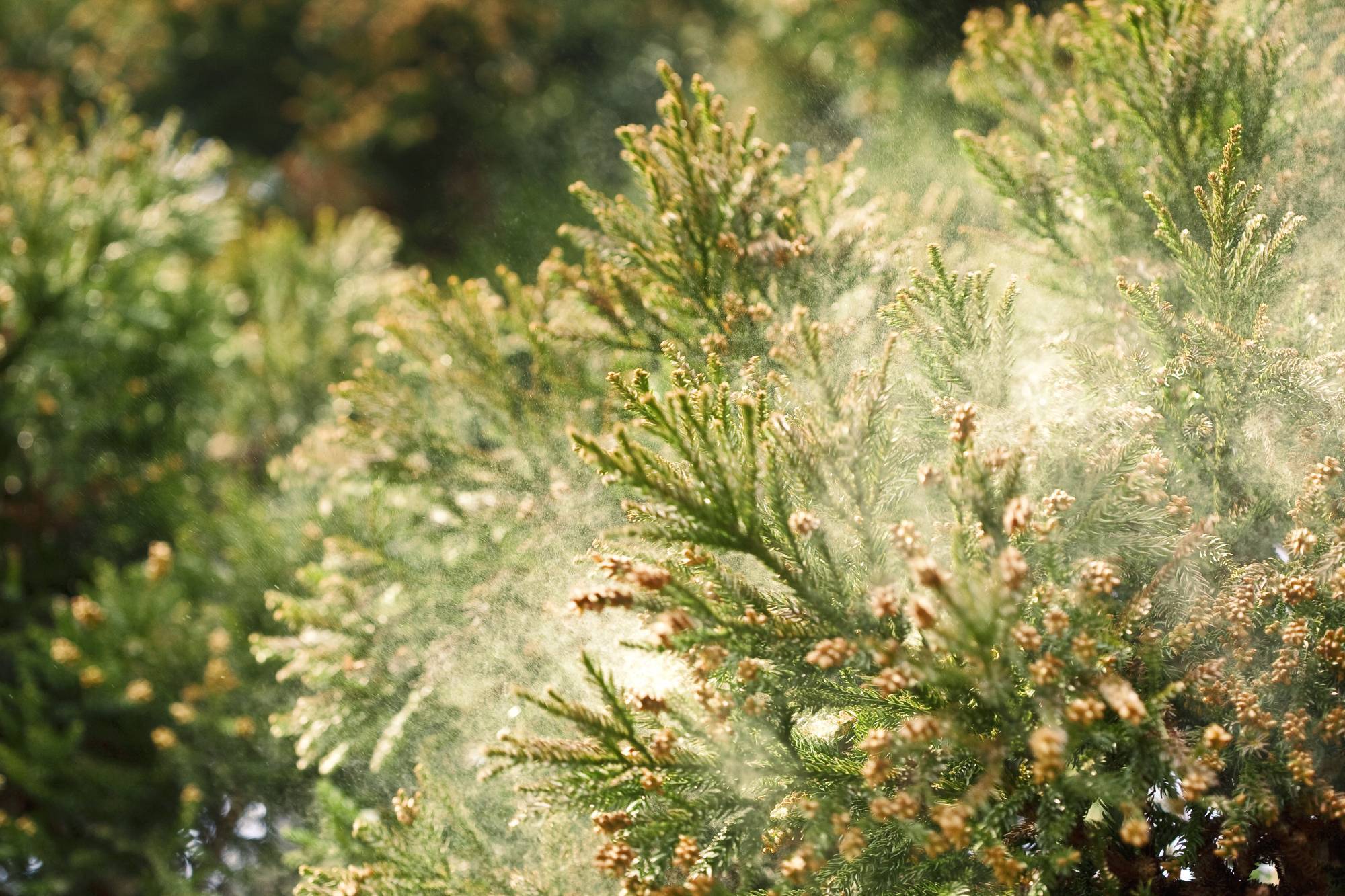With red and watery eyes, unbearably itchy throats, and frequent sneezing, hay fever patients are crowding clinics and drugstores amid the highest pollen levels in 10 years, increasing demand for drugs that can help alleviate their suffering.
Sales of hay fever-related items such as anti-inflammatory nasal drugs more than doubled to 210% of last year's figure in the week from Feb. 27, the latest data available, while sales of eyedrops specifically for allergies increased 233% compared to the previous year, according to Intage, a company specializing in marketing research and data analysis.
Yasuhiro Mizu, a pharmacist based in Saitama Prefecture, said prescription drugs for hay fever have become more difficult to obtain this year.

















With your current subscription plan you can comment on stories. However, before writing your first comment, please create a display name in the Profile section of your subscriber account page.